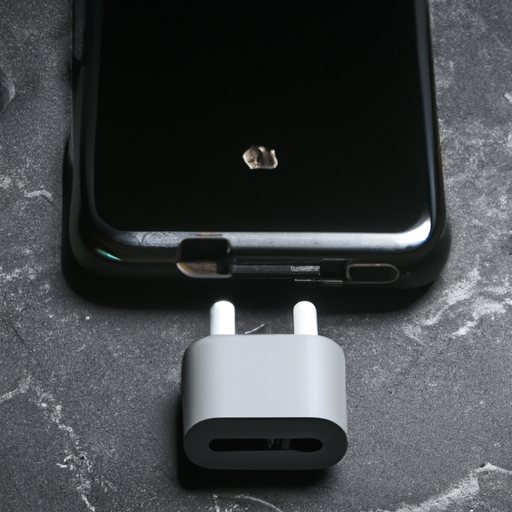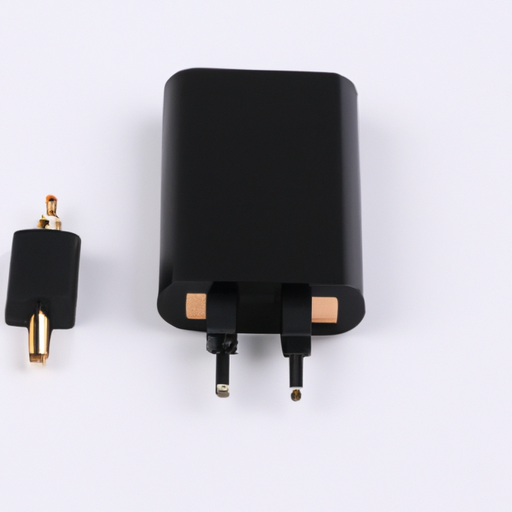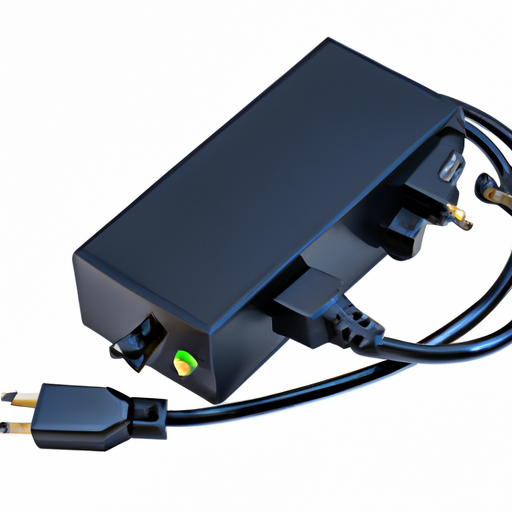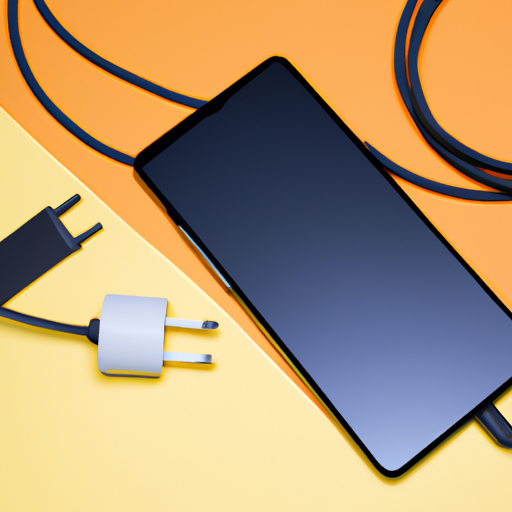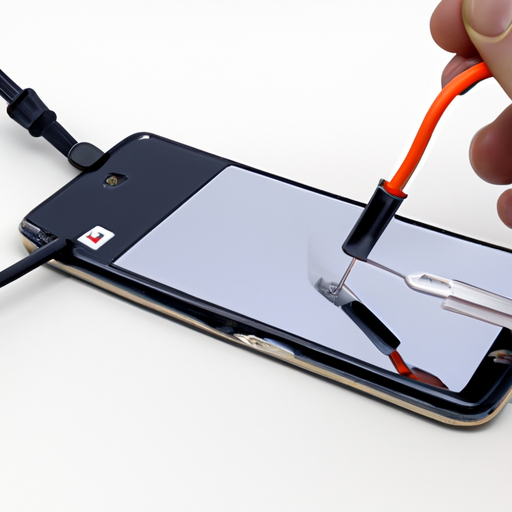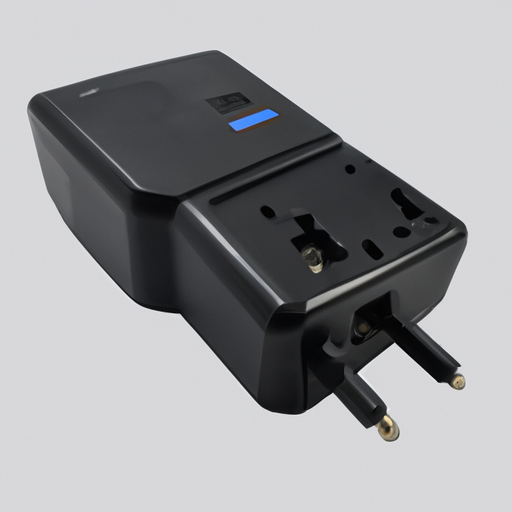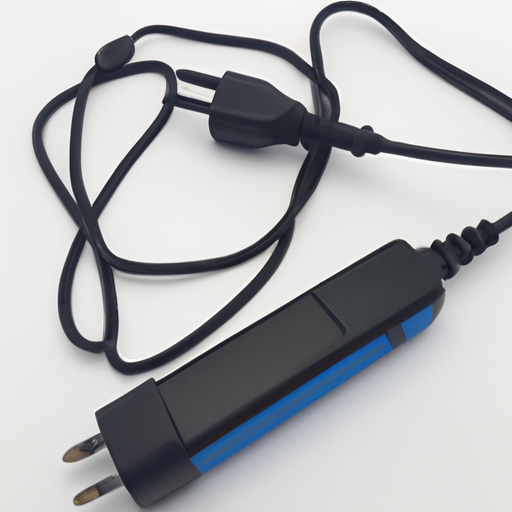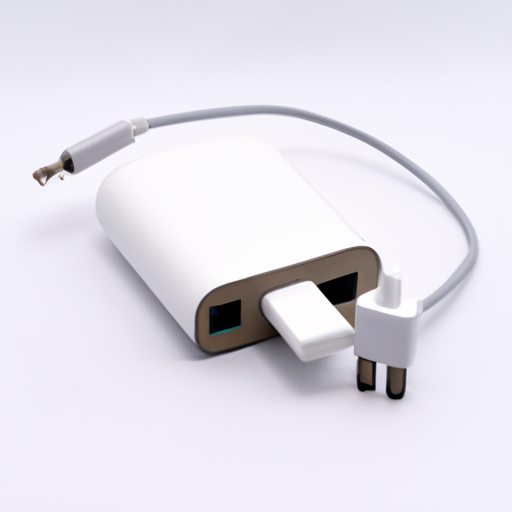What are the Main Application Directions of Mobile Power Supply Fast Charging Version?
I. Introduction
In an era where technology is advancing at an unprecedented pace, the demand for efficient and rapid power solutions has never been greater. Mobile power supplies, commonly known as power banks, have become essential accessories for our increasingly mobile lifestyles. Fast charging technology, which allows devices to recharge significantly quicker than traditional methods, plays a crucial role in this landscape. This blog post will explore the main application directions of fast charging mobile power supplies, examining their evolution, benefits, challenges, and future trends.
II. Evolution of Mobile Power Supply Technology
A. Historical Context of Mobile Power Supplies
The journey of mobile power supplies began with the need for portable energy solutions. Early power banks were relatively simple devices, primarily designed to provide a backup charge for smartphones. As mobile technology evolved, so did the requirements for power supplies, leading to the development of more sophisticated and efficient charging solutions.
B. Development of Fast Charging Technologies
The introduction of fast charging technologies marked a significant turning point in the mobile power supply industry. Several key technologies have emerged over the years:
1. **Quick Charge**: Developed by Qualcomm, Quick Charge technology allows compatible devices to charge up to four times faster than conventional charging methods. This technology has become a standard feature in many smartphones and tablets.
2. **Power Delivery (PD)**: USB Power Delivery is a universal charging standard that enables faster charging across a wide range of devices, including laptops and wearables. PD can deliver up to 100 watts of power, making it suitable for high-demand devices.
3. **Other Proprietary Technologies**: Various manufacturers have developed their proprietary fast charging solutions, such as Huawei's SuperCharge and Oppo's VOOC. These technologies often focus on optimizing charging speed while minimizing heat generation.
C. Current Trends in Fast Charging
Today, fast charging is not just a feature; it is a necessity. With the proliferation of smart devices, consumers expect their gadgets to charge quickly and efficiently. As a result, manufacturers are continually innovating to enhance charging speeds while ensuring safety and compatibility.
III. Key Application Directions of Fast Charging Mobile Power Supplies
A. Consumer Electronics
Fast charging technology has found its most significant application in consumer electronics.
1. **Smartphones**: With the average smartphone user relying heavily on their device throughout the day, fast charging has become a game-changer. Users can quickly recharge their phones during short breaks, ensuring they remain connected and productive.
2. **Tablets**: Similar to smartphones, tablets benefit from fast charging, allowing users to power up their devices quickly for work or entertainment.
3. **Laptops**: As laptops become more powerful and portable, fast charging technology is increasingly integrated into these devices. Users can enjoy extended battery life without the long wait times associated with traditional charging methods.
B. Wearable Devices
The rise of wearable technology has also seen the integration of fast charging solutions.
1. **Smartwatches**: Fast charging allows users to quickly power up their smartwatches, ensuring they are ready for use throughout the day.
2. **Fitness Trackers**: For fitness enthusiasts, the ability to rapidly charge fitness trackers means less downtime and more time spent tracking health metrics.
C. Electric Vehicles (EVs)
Fast charging technology is revolutionizing the electric vehicle market.
1. **Charging Infrastructure**: The development of fast-charging stations is crucial for the widespread adoption of EVs. These stations can recharge a vehicle's battery in a fraction of the time it takes with standard chargers, making electric vehicles more practical for everyday use.
2. **Impact on EV Adoption**: As fast charging becomes more accessible, it alleviates range anxiety among potential EV buyers, encouraging more consumers to make the switch to electric.
D. IoT Devices
The Internet of Things (IoT) is another area where fast charging technology is making an impact.
1. **Smart Home Devices**: Many smart home devices, such as security cameras and smart speakers, require reliable power sources. Fast charging solutions ensure these devices remain operational without long downtimes.
2. **Industrial IoT Applications**: In industrial settings, fast charging can enhance the efficiency of IoT devices used for monitoring and automation, ensuring they are always ready for action.
IV. Benefits of Fast Charging Technology
The advantages of fast charging technology are numerous and impactful.
A. Convenience and Time-Saving
Fast charging significantly reduces the time required to recharge devices, allowing users to quickly power up their gadgets during short breaks or while on the go.
B. Enhanced User Experience
The ability to charge devices rapidly enhances the overall user experience, making technology more accessible and user-friendly.
C. Increased Device Usability
With fast charging, users can rely on their devices for longer periods without the fear of running out of battery, increasing the overall usability of their gadgets.
D. Environmental Considerations
By reducing charging times, fast charging technology can contribute to energy efficiency, potentially lowering the carbon footprint associated with electricity consumption.
V. Challenges and Limitations
Despite its many benefits, fast charging technology also faces several challenges.
A. Heat Generation and Battery Lifespan
One of the primary concerns with fast charging is the heat generated during the process. Excessive heat can negatively impact battery lifespan, leading to reduced performance over time.
B. Compatibility Issues
Not all devices support fast charging, leading to compatibility issues. Users must ensure their devices and chargers are compatible to take advantage of fast charging benefits.
C. Infrastructure Requirements
The widespread adoption of fast charging technology requires significant investment in infrastructure, particularly for electric vehicles. This includes the installation of fast-charging stations in public and private spaces.
D. Safety Concerns
As with any technology that involves electricity, safety is a paramount concern. Manufacturers must ensure that fast charging solutions are designed with safety features to prevent overheating and other hazards.
VI. Future Trends and Innovations
The future of fast charging technology is bright, with several exciting trends on the horizon.
A. Advancements in Battery Technology
1. **Solid-State Batteries**: These batteries promise higher energy densities and faster charging times, potentially revolutionizing the mobile power supply landscape.
2. **Graphene Batteries**: Graphene technology is being explored for its potential to enhance battery performance, including faster charging capabilities.
B. Integration with Renewable Energy Sources
As the world shifts towards renewable energy, integrating fast charging solutions with solar and wind power could create sustainable charging options for consumers.
C. Development of Universal Charging Standards
The push for universal charging standards could simplify the charging process for consumers, allowing them to use a single charger for multiple devices.
D. Potential for Wireless Fast Charging
Wireless charging technology is evolving, and the potential for fast wireless charging could further enhance convenience for users.
VII. Conclusion
Fast charging technology has become an integral part of mobile power supplies, enhancing the way we interact with our devices. From consumer electronics to electric vehicles and IoT applications, the benefits of fast charging are clear. However, challenges remain, and the industry must continue to innovate to address these issues. As we look to the future, advancements in battery technology and the integration of renewable energy sources will likely shape the next generation of fast charging solutions. Ultimately, fast charging will play a pivotal role in shaping the future of mobile power solutions, making our lives more connected and efficient.
VIII. References
1. Qualcomm. (n.d.). Quick Charge Technology. Retrieved from [Qualcomm](https://www.qualcomm.com)
2. USB Implementers Forum. (n.d.). USB Power Delivery Specification. Retrieved from [USB-IF](https://www.usb.org)
3. International Energy Agency. (2021). Global EV Outlook 2021. Retrieved from [IEA](https://www.iea.org)
4. Various industry reports and articles on fast charging technology and its applications.
This blog post provides a comprehensive overview of the main application directions of mobile power supply fast charging versions, highlighting the evolution, benefits, challenges, and future trends in this dynamic field.

